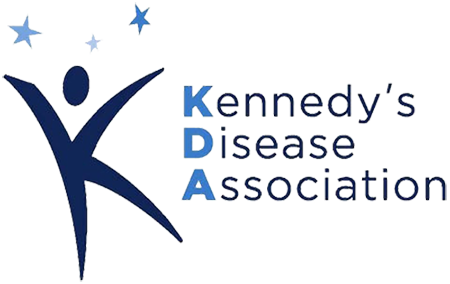Choking and Swallowing Issues
The links and articles below provide information and warnings that should be taken into account before Surgery if you have KD. These links are provided for informational use only. Please check with your doctor to see which is right for you.
In addition to talking with your personal physician, please look at the following articles. Many thanks to Bruce Gaughran for sharing his research.
An article concerning a serious problem many of us have called Laryngospasm or dry drowning. http://kennedysdisease.blogspot.com/2010/05/are-you-afraid-to-go-to-sleep.html This is posted this in a Q&A Discussion and it has a link to a doctor who specializes in this problem:
A: Dry drowning or laryngospasm is a common occurrence for many of with Kennedy's Disease. It is the result of a spasm in the adductor muscles - the muscles closing or bringing the vocal folds together. Laryngospasm happens when your voice box or the area of the windpipe below the voice box detect the entry of water or another substance. The vocal folds spasm and the airway shuts down. All of us have experienced it when a bug flies down your throat while you were starting to inhale, or you inhale a glass of water. The vocal cords very immediately and very effectively close. That closure is a benefit to protect the airway, but it makes "breathing in", very difficult. The throat muscles weaken (atrophy) in a person with Kennedy's Disease. Because of this, it becomes more difficult to swallow or clear the throat. Frequent choking often occurs as the person ages. Chewing foods longer, not trying to talk while eating, and not gulping liquids will all help. It is also found that daily throat exercises have helped minimize choking.
The major issue seen in several KDA associates is the inability to effectively chew and swallow certain foods. After a time, several associates were not receiving enough calories to sustain their needed weight and health. The feeding tube becomes an option, but some neurologists feel that through exercises focused on chewing and swallowing and the proper selection of foods and the preparation of those foods, a person can minimize the need for a feeding tube or other induced feeding methods.

